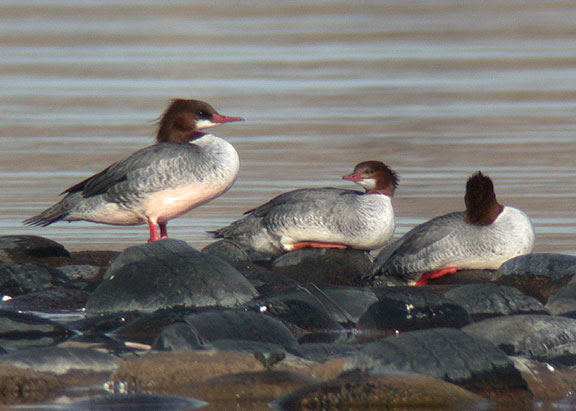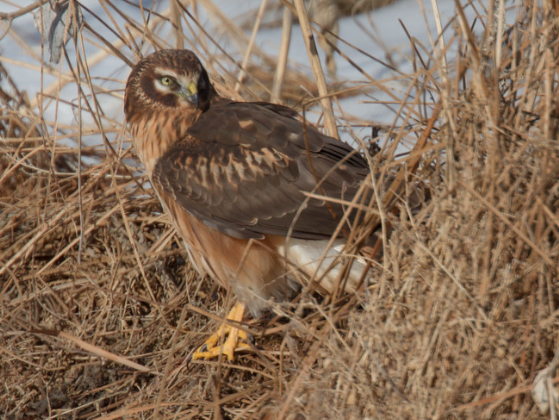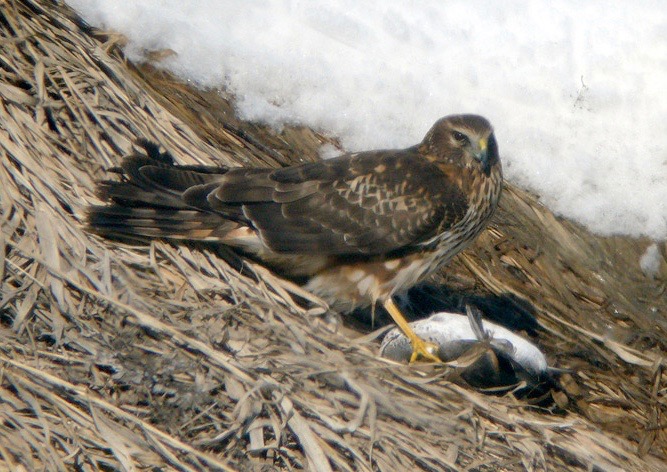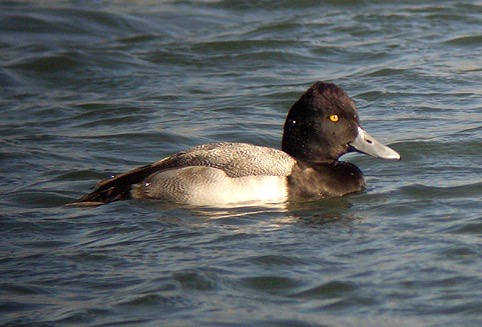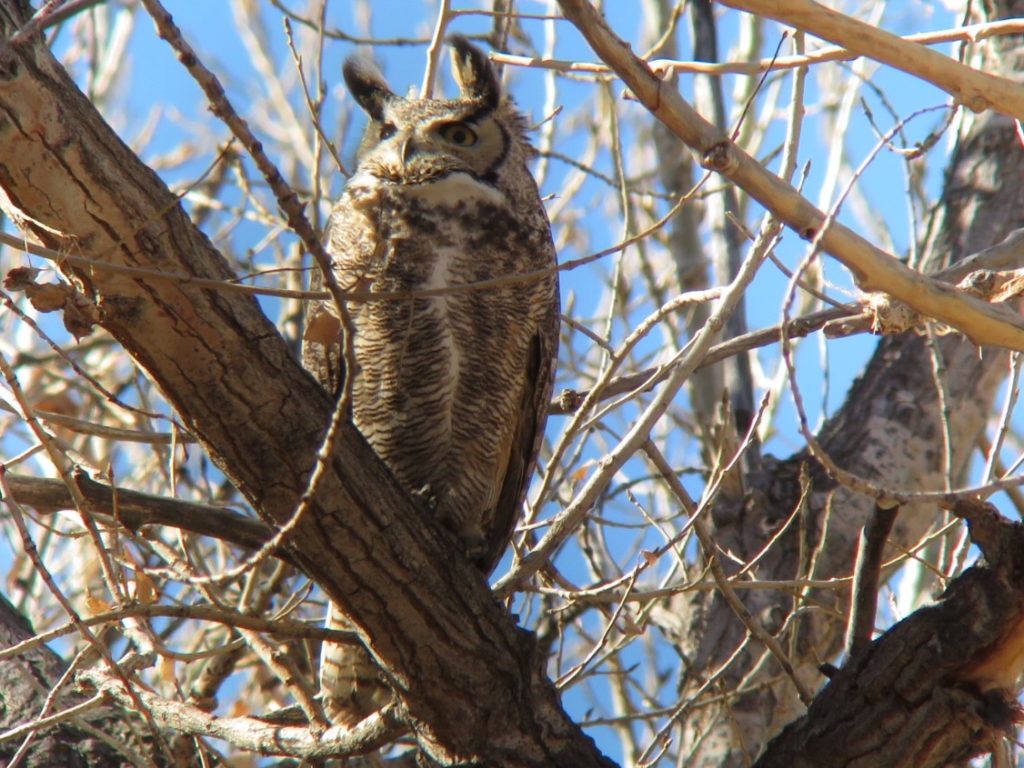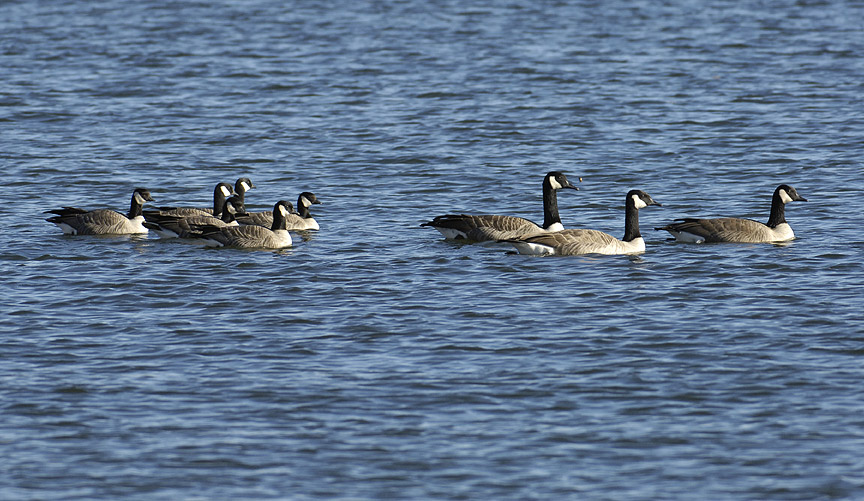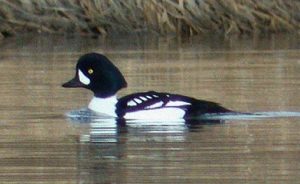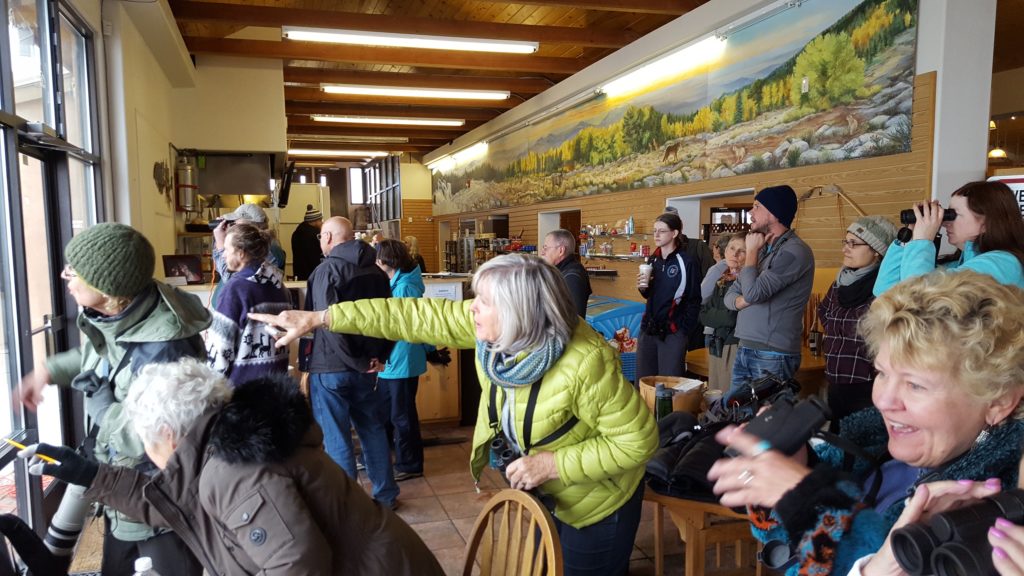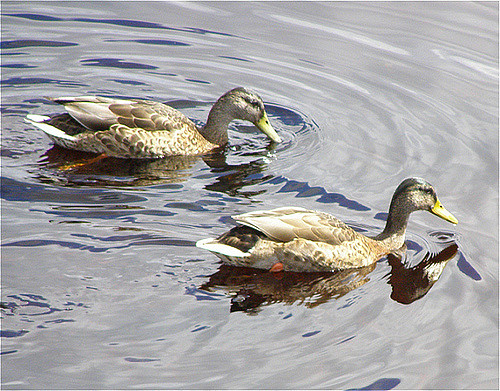Who goes to Minnesota in January? If you want to see Great Gray and Snowy Owls then traveling to the Sax Zim Bog just outside Duluth, Minnesota is a must. Front Range Birding helped, along with Sheridan Samano of the Reefs to Rockies travel company, to lead a small group of intrepid birders to this cold north location to see these and other great boreal birds.
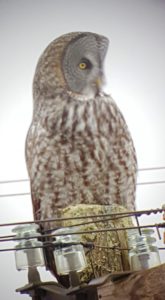
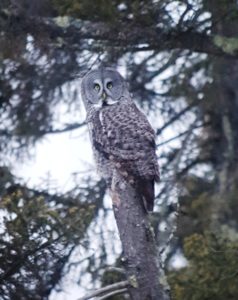

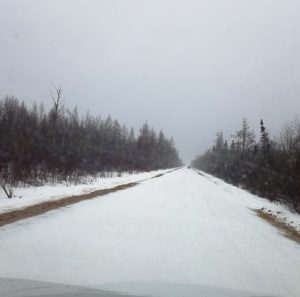

Top left and top center – Great Grey Owl! Top right – Snowy Owl! Score!!
Bottom left – The drive into Sax Zim Bog Bottom right – Our group from Colorado, Delaware, and New Jersey.
Considering the weather, and dead of winter time frame, the number of birds seen was quite impressive. Most in the group picked up multiple life birds for their lists. The temps were very tolerable and brought out many of the Minnesota winter residents. Aside from our target birds pictured above, of note were the Black-backed woodpecker, White-winged crossbill, Bohemian waxwing, Pileated woodpecker, Boreal chickadee, and Golden-crowned sparrow.
We loved our stay in Duluth, Minnesota at the historic Fitger’s Inn which is located in the vintage 1885 renovated Fitger’s Brewery. The shores of Lake Superior offered great views and ambiance and all of us had a fantastic time. Thank you Reef to Rockies for setting up this trip!
Our complete list of birds seen is below.
- Mallard
- Common Goldeneye
- Ruffed Grouse
- Sharp-tailed Grouse
- Wild Turkey
- Bald Eagle
- Red-tailed Hawk
- Rough-legged Hawk
- Thayer’s Gull
- Rock Pigeon (feral)
- Snowy Owl
- Great gray Owl
- Downy Woodpecker
- Hairy Woodpecker
- Black-backed Woodpecker
- Pileated Woodpecker
- Northern Shrike
- Gray Jay
- Blue Jay
- Black-billed Magpie
- American Crow
- Common Raven
- Black-capped Chickadee
- Boreal Chickadee
- Red-breasted Nuthatch
- White-breasted Nuthatch
- American Robin
- European Starling
- Bohemian Waxwing
- Dark-eyed Junco
- Golden-crowned Sparrow
- Pine Grosbeak
- White-winged Crossbill
- Common Redpoll
- Pine Siskin
- American Goldfinch
- Evening Grosbeak
Our partnership with Reefs to Rockies is great and we are planning many more trips with them. Next up is a visit to the Sandhill Crane Capital of the World – Kearney, Nebraska March 25-27, 2017. Be sure to visit Reefs to Rockies website for details on this trip. Also sign up for our newsletter on this website to learn more about this and other great trips with Front Range Birding!


